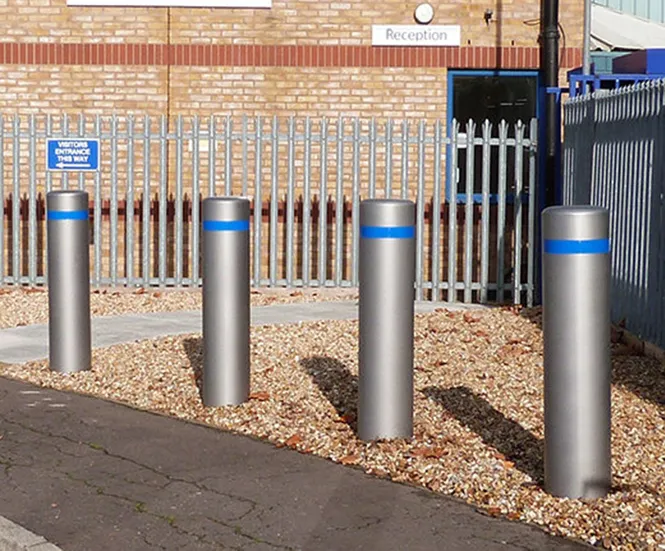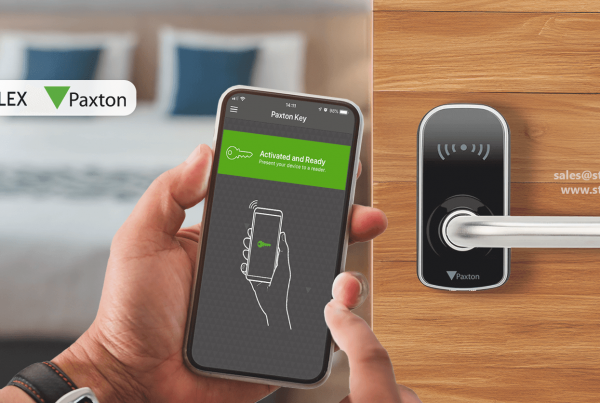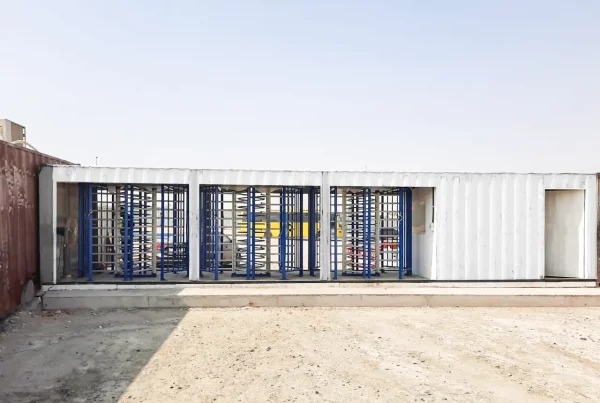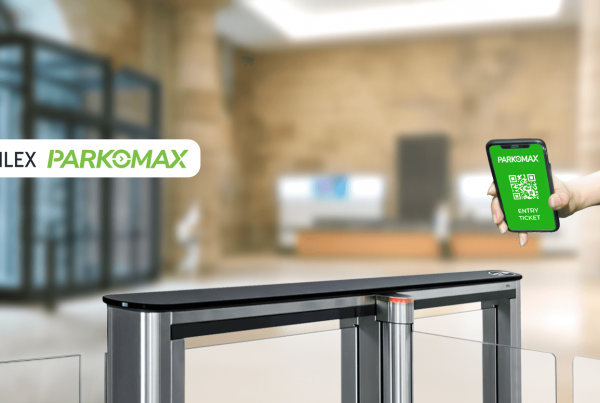Bollards are one of the most effective and durable solutions available for pedestrian protection. They are very commonly seen outside buildings and also at high-security facilities like military bases embassies. As their main use is to prevent vehicles from reaching a building or property and reduce injuries in case a vehicle runs over the pavement. Bollards come in various styles, there are aesthetic bollards installed for pedestrian management to prevent terrorists from entering secure facilities.
However, when you are a security integrator or even construction consultant, you might have come across safety standards and crash ratings that help you in choosing the bollards that meet your security needs. Crash testing is basically a regulated part of purchasing vehicle security devices and can help you make the right buying choice.

What is Crash Testing for Bollards?
Bollard’s ability to resist high-impact collision is rated by ramming the bollard with vehicles at a different weight and approaching speed. Initially, K ratings were created to define bollard’s capacity to stop a vehicle when its bumper hits it, but eventually, bollard’s ability to resist high-impact terrorist actions became important.
And they were tested with a large vehicle at high speeds, possibly with explosives on board and M ratings, which tested barriers for their ability to stop a 15,000-pound truck at 30, 40 and 50 miles per hour (mph) came into being.
There are different organisations like American Society for Testing and Materials (ASTM) and Publicly Available Specifications (PAS), as well as the Centre for the Protection of National Infrastructure and the British Standards Institution, have introduced their rating systems.
Both K and ASTM ratings are now used for classifications based on the vehicles they address. ASTM bollards cover a wider range of impact types and include low-speed bollard crash testing
K-Rated Bollards and M-Rated Bollards
K ratings were developed by the DoS in the ’80s based on the penetration distance of a vehicle’s front bumper past a security barrier. Both the K rating and M rating certifications involve the medium-duty 15,000-pound vehicle.
What is PAS 68?
The British standard PAS 68 is used to measure the impact resistance of vehicle security barriers. It evaluates a barrier’s ability to withstand car collisions, particularly in counterterrorism applications. During PAS 68 testing, car collisions at different speeds and angles are replicated. Products that meet PAS 68 requirements provide dependable protection against hostile vehicle attacks, ensuring safety in high-risk areas.
Why consider crash test rating while buying Bollards?
Bollards that are not certified cannot promise definite resistance. They could be suitable for your needs or not at all good. Certification helps in both ensuring that you make an informed and safe decision. In a lot of countries, projects have regulations on certified bollards.
Crash testing allows you to select bollards that fit the specific needs of your building. You need to also know that just because it is “certified” does not mean it is appropriate for your project. So make sure you know your environment before you choose a bollard. For example; a high-security location needs more protection than some park pedestal. Be certain you have a thorough understanding of what each part of the crash codes means.
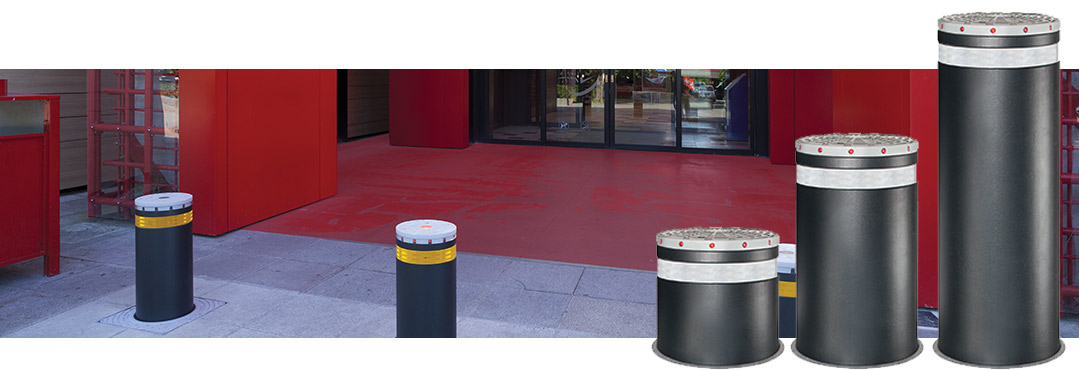
Most common crash ratings for Bollards
ASTM Bollard Standards – F3016, F3016M and F2656-07
- F3016 – It is commonly used in reference to medium-duty vehicles that weigh 15,000 pounds.
- F2656-07 – It typically covers high-security requirements, such as those for military areas, financial institutions or government buildings. They are rated with speeds of 30 to 50 mph.
- F3016 – The ratings address vehicles at lower speeds and allows minimal penetration lengths, with a maximum of 4 feet.
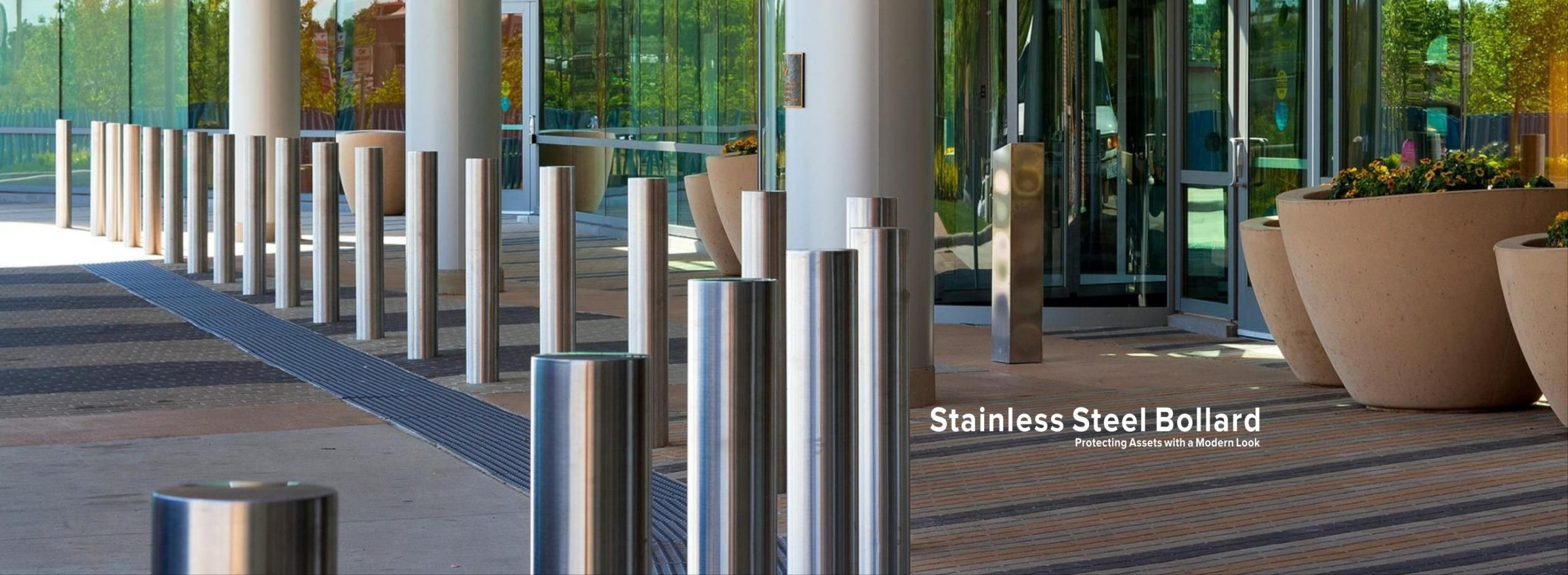
ASTM categorised in many ways depending on speed, weight and penetration distance
- Speed ratings (these are based on 5000 pounds vehicles)
- S10: Nominal minimum test velocity of 10mph and a permissible speed range of 9.0 to 18.9mph
- S20: Nominal minimum test velocity of 20mph and a permissible speed range of 19.0 to 27.4mph
- S30: Nominal minimum test velocity of 30mph and a permissible speed range of 27.5 to 32.5mph
- Penetration ratings are also a part of both low and high-speed ASTM standards.
- P1: Less than 1 feet
P2: 1 to 4 feet
Failure: Greater than 4 feet
High-speed crash codes are divided into sections based on the size of the car used for testing.
- C ratings: For small passenger cars of 2,430 pounds
- PU ratings: For pickup trucks of 5,070 pounds
- M ratings: For medium-duty trucks of 15,000 pounds
- H ratings: For heavy goods vehicles of 65,000 pounds
Penetration ratings for high-speed standards are as follows and apply to all vehicle sizes.
- P1: Less than 3.3 feet
- P2: 3.31 to 23.0 feet
- P3: 23.1 to 98.4 feet
K-Rated Bollards and M-Rated Bollards
K ratings were developed by the DoS in the ’80s based on the penetration distance of a vehicle’s front bumper past a security barrier. Both the K rating and M rating certification involves the medium-duty 15,000-pound vehicle.
Did you know?
K ratings are still used frequently in industry talks, but officially, the M ratings are more appropriate in many countries or projects as they follow the latest testing methods.
K ratings are divided into the following distances:
- L3: Less than 3 feet
- L2: 3 to 20 feet
- L1: 20 to 50 feet
M ratings are categorised into:
- M30: Vehicles going 30 mph
- M40: Vehicles going 40 mph
- M50: Vehicles going 50 mph
Low-Speed vs. High-Speed Crash Testing
Various crash testing focus on different factors like speed, weight and support structures. The potential for vehicles to penetrate a security barrier rises with speed and weight. These ratings are also applied to certify other installations like vehicle barriers and road blockers. Some places need bollards to stop vehicles at highway speed while others require to block slow-moving vehicle incidents (eg; storefronts, drive-thrus, urban areas). Each type of crash can be reduced in severity with a different type of bollard.
- High-speed ASTM standard – F2656
- Low-speed ASTM Standard – F3016 (below 30 mph)
Remember, The distinction in speed criteria will help you to select bollards that will respond best to the traffic conditions and likely potential threats.
Points to consider before buying crash rated bollards?
Purchasing bollards needs you to know the nature of your environment, especially what is the potential threat. Here are some points to ponder.
- Traffic Patterns: What kind of vehicle may enter and at what speed?
- Threats to the environment: What are the most likely damages that a vehicle crash can cause?
- Damage Type: The damage is to pedestrians or the building?
- Space between bollard and building: How much space will you have between the bollard and building that needs protection?
- Use case: Do you need the bollard to streamline traffic or improve aesthetics?
Knowing the answers to questions can help you in deciding what bollard is suitable for you.
Operational features to look for in automatic bollards:
EFO- Emergency Fast Operation – Often comes as a feature for automatic or semi-automatic bollards. EFO, or Emergency Fast Operation, is high speed rising of bollards from the lowered position into a protected position in the time of emergency. This speed ranges from under 1 second up to 5 seconds.
The fastest speeds will be around .75 seconds. Considered as the anti-terrorism feature in bollards the EFO when activated during the lowering operation of the bollard causes it to at once. It is a priority command which overrides all safety functions of induction loops and light beams as well as the “fire brigade” command.
Hydraulic/ Electromechanical Operators – Automatic bollards are usually operated by a hydraulic or electromechanical operator. Where electromechanical bollards are used in places with moderate frequency traffic and hydraulic operators are high-frequency areas, and offer up to 2,000 movements per day.
Buy crash rated bollards that fit your needs from Stebilex
Now that you know all about what goes into crash ratings for bollards and what are some of the operational features you should look for, you can make a more informed decision about which ones to implement in your site. Here is our product recommendation from leading brands like FAAC, Armakontrol and Hormann.
K rated Bollards
Arma Kontrol High-Security Rising Bollard – PAS68 (K – 8 & K – 12 )
This is custom heading element
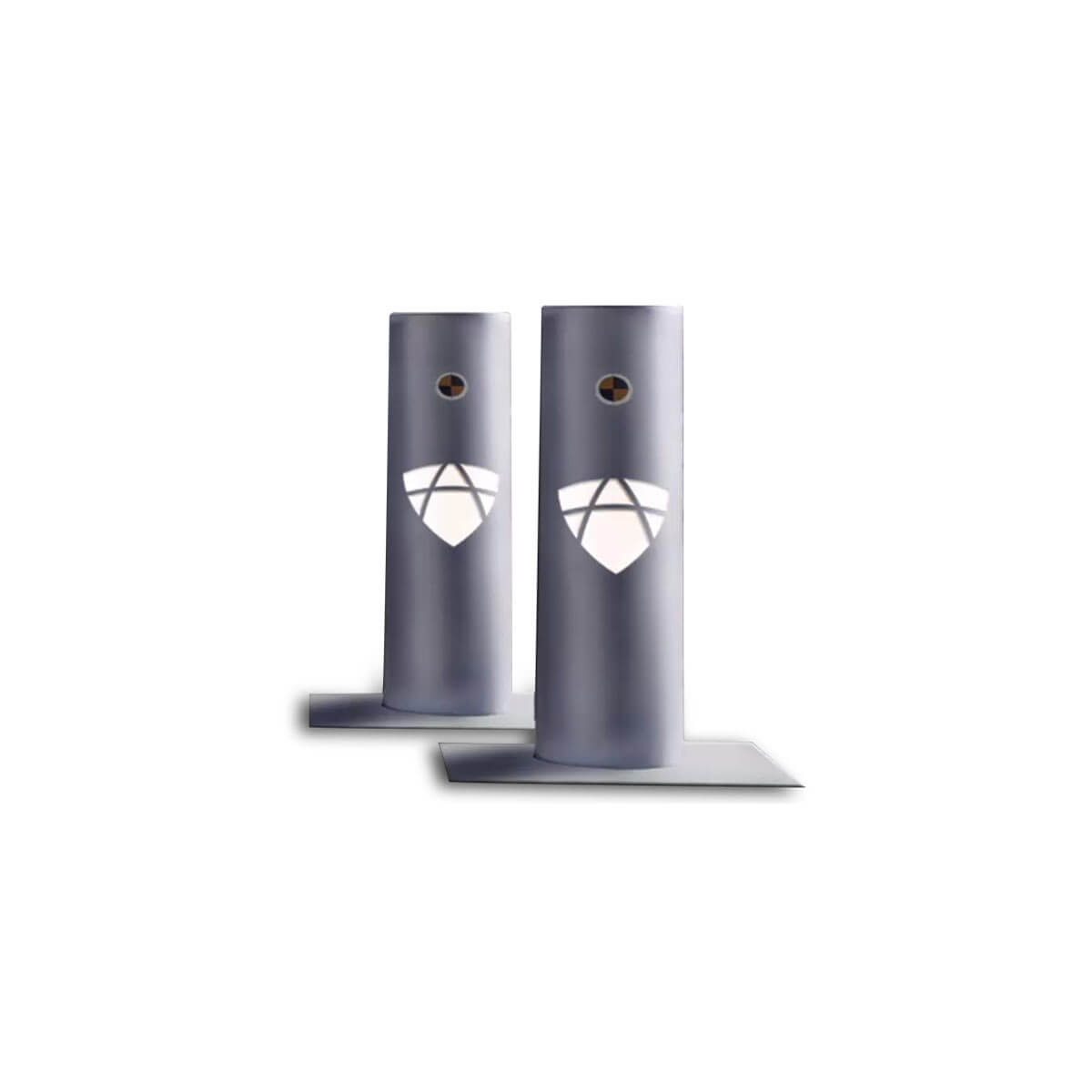
M rated Bollards
FAAC J355 HA M30-P1 Bollard
Ideal for public facilities with heavy vehicular and people movement automatic bollard, FAAC J355 HA M230-P1 is designed to stop a 6,800 kg lorry travelling at 50Km/h (=30M/h). The bollard is operated by a hydraulic operator, which has an IP66 protection rating and raising the speed at 6seconds and lowering time of 2 seconds. The high-security bollard is also available in EFO (Emergency Fast Operation) version.
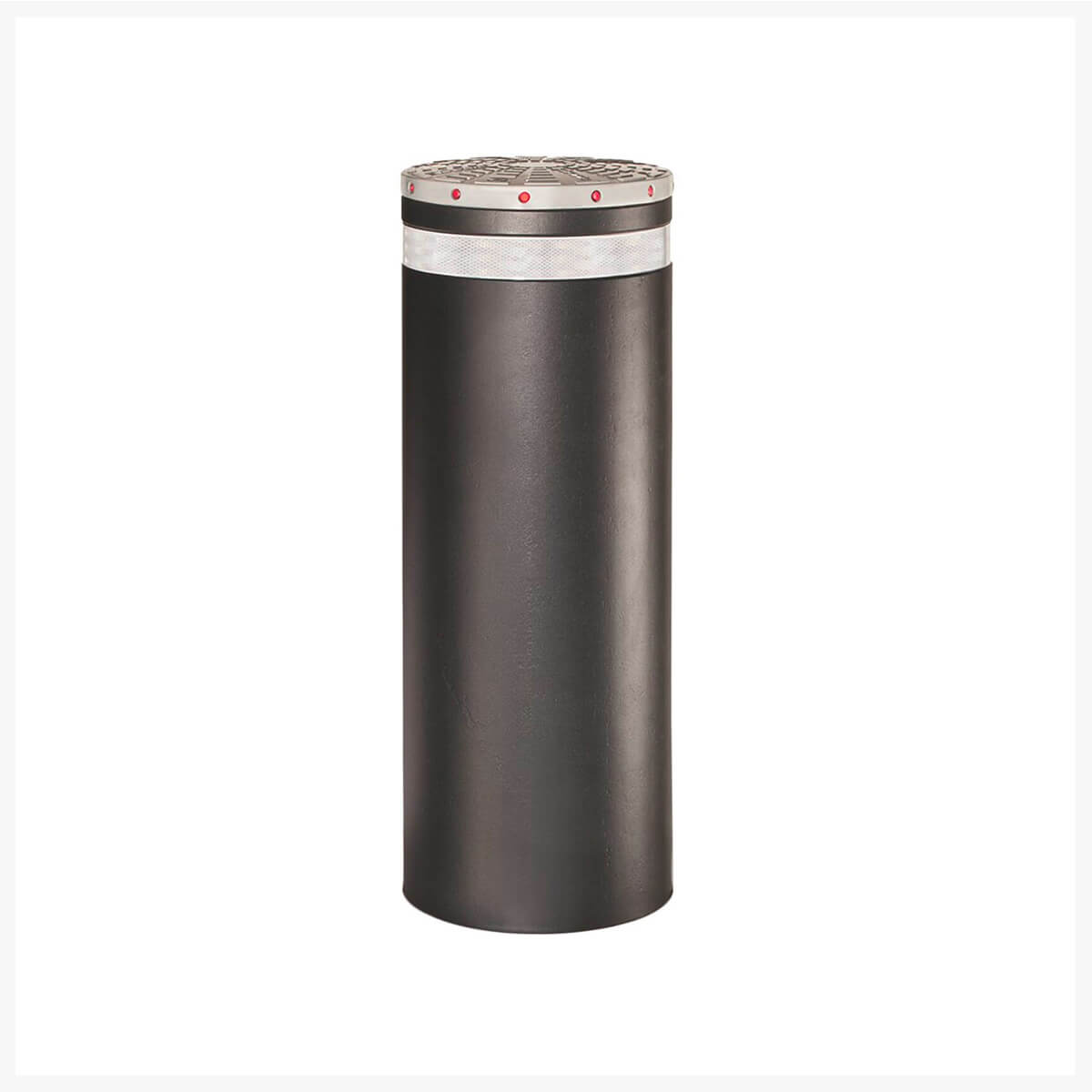
M rated Bollards
FAAC J355 HA M50 EFO
The automatic J355 HA M50 from FAAC is a crash rated bollard perfect for perimeter protection at high-security facilities. They are tested in accordance with PAS 68:2013 impact test and are capable of stopping a 7500Kg truck running at a speed of about 80km/hour (50Mph). The J355 also comes in an Emergency Fast Operation (EFO) with a fast emergency rising time of 2seconds.

M rated Bollards
Hormann Automatic Hydraulic Bollard – A 275-M30-900 H
The automatic high-security bollard A 275-M30-900 H from Hormann (Pilomat) is suitable for high-frequency usage. The bollard offers up to 2000 movements/day. The integrated hydraulic unit can be configured with a control that can operate multiple bollards remotely at an 80 m distance. The M30 models are fast and come with the soft-start and soft-stop functions. Moreover, the optional EFO (Emergency Fast Operation) enables the fastest opening time of just within 1.5 seconds.
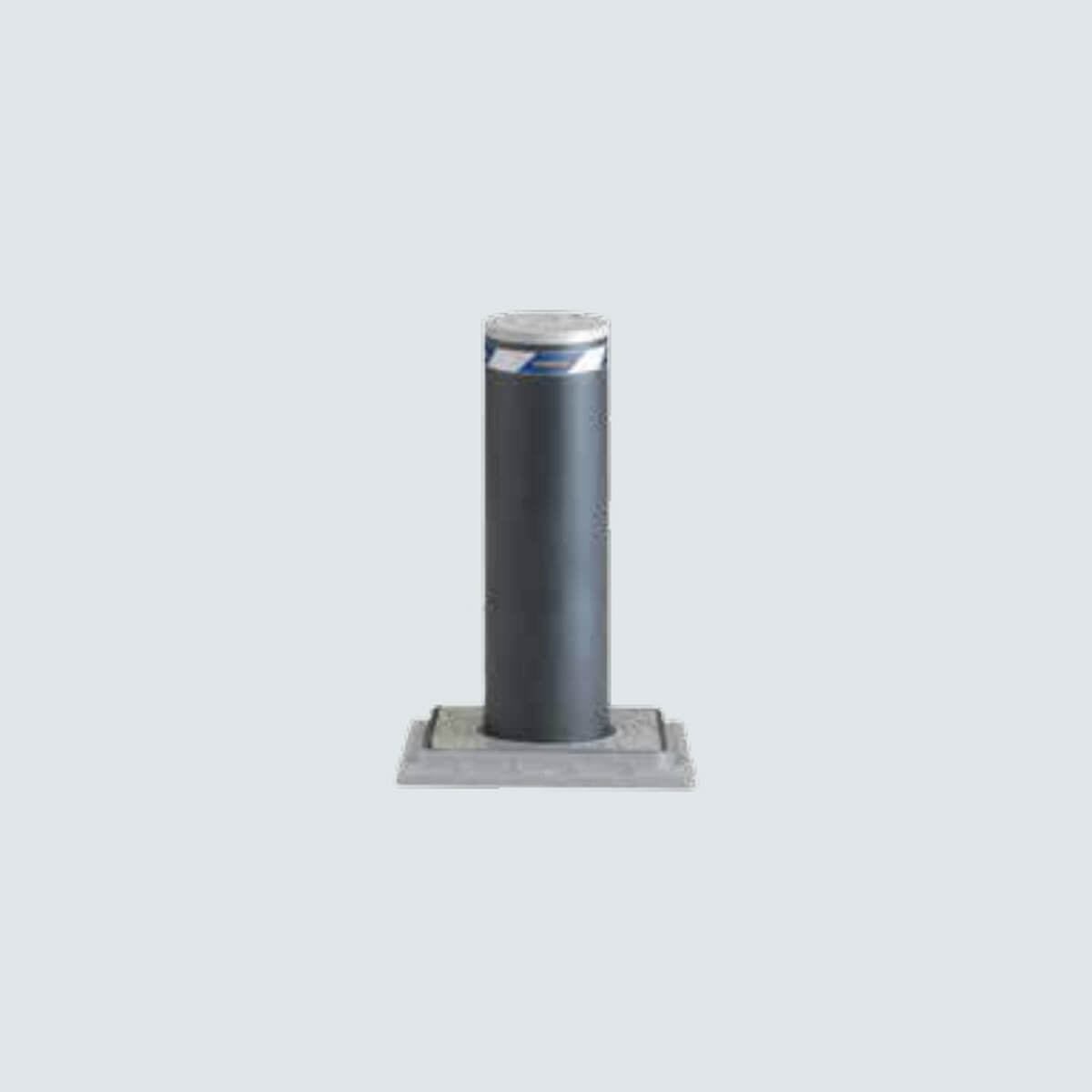
M rated Bollards
Hormann Automatic Hydraulic Bollard – A 275-M50- 900 H
The A 275-M50-900 H meets the highest safety requirement and is suitable for critical facilities like ministries and government facilities and is certified M50, K12. A 275-M50-900 H also features Emergency Fast Operation (EFO) and allows remote installation of control units. The controller unit of A 275-M50-900 H is capable of handling multiple bollards from an 80 m distance.
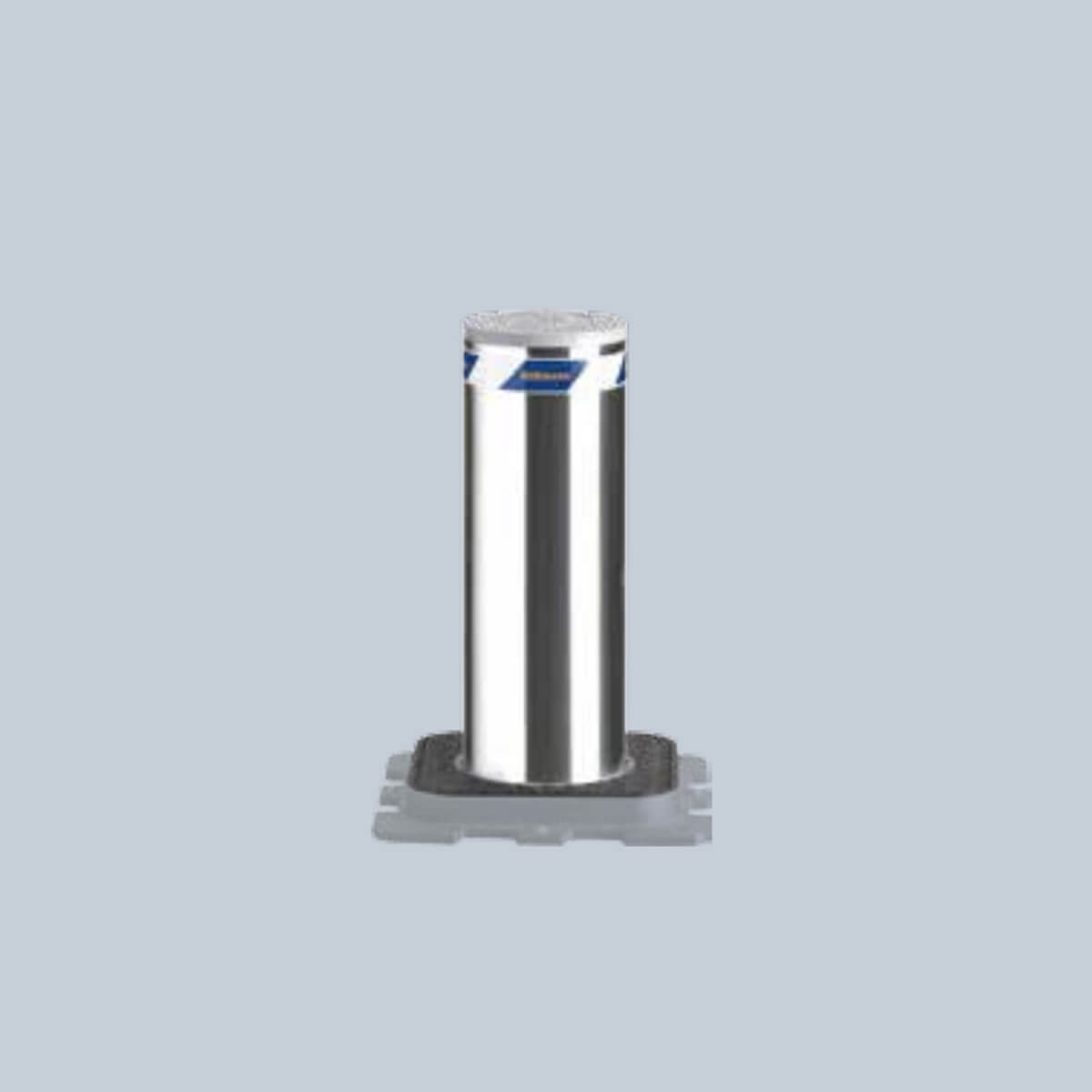
M rated Bollards
Hormann Automatic Hydraulic Bollard – A 275-M50- 1200 H
The A 275-M50-1200 H is suitable for critical facilities like ministries and government offices and is certified M50, K12, PAS68. The automatic bollard offers up to 2000 cycles a day and almost 300,000,0 cycles over its service life, making it suitable for very frequent use. With an impact energy destruction of 2000000, the bollard offers maximum resistance on impact. The A 275-M50-1200 H features Emergency Fast Operation (EFO).

The PAS 68 Terra Saturn Bollard 7.5t at 50mph, a dependable counterterrorism solution authorised by SIRA, is presented by Frontier Pitts. It has been put through a rigorous testing process to make sure it can withstand impacts from large, fast-moving vehicles and is safe in key areas. S355 structural steel is a durable and robust material used in the construction of these bollards. Their options for stainless steel cladding or powder painting enable them to blend in with a multitude of environments. As safety precautions, these bollards have LED traffic lights, hydraulic systems, and automobile detectors. They are made to be easy to install and keep up with. Their effectiveness is certified by certifications such as BRE Global and Secured by Design.
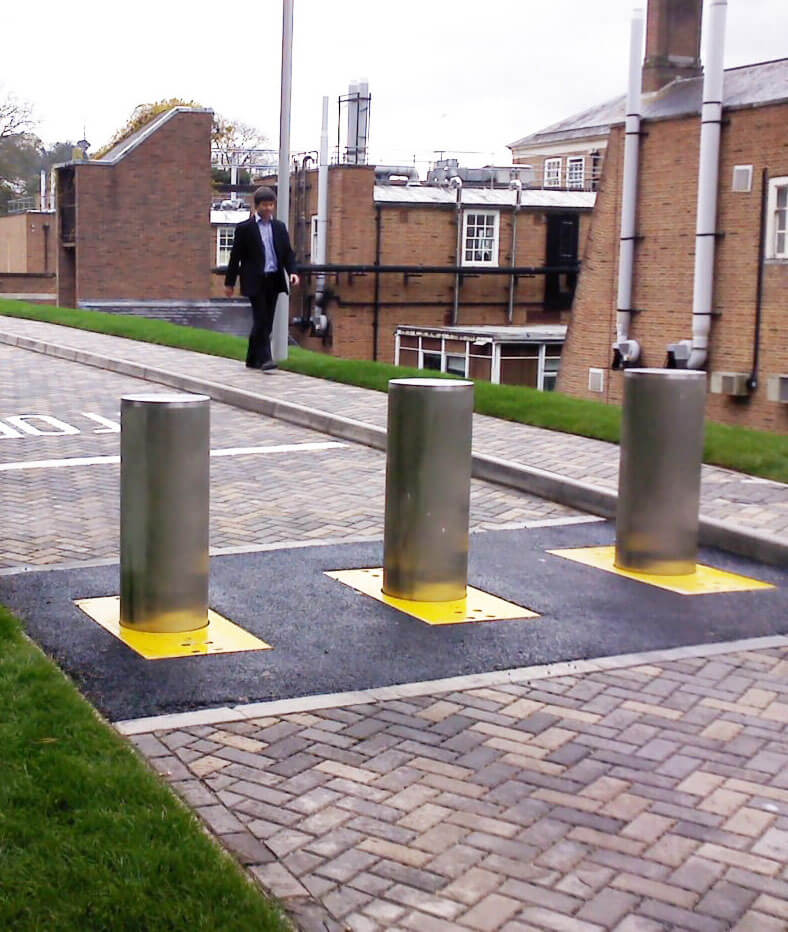
Frontier Pitts' PAS 68 Terra Quantum Bollard 7.5t @ 30mph is a cutting-edge approach to mitigating hostile vehicle impacts. Its progressive design features the first-ever BSi PAS 68 side folding design. It offers unparalleled security and has been shown to stop a 7.5-ton automobile at 30 mph without any penetration thanks to its side folding mechanism and small depth. The SIRA-approved bollard incorporates LED traffic lights and manual hydraulic controls for optimal reliability and safety. Its modest size and easy installation are further features. It is approved by groups like Secured by Design and BRE Global, and it ensures the maximum level of protection against vehicle risks.
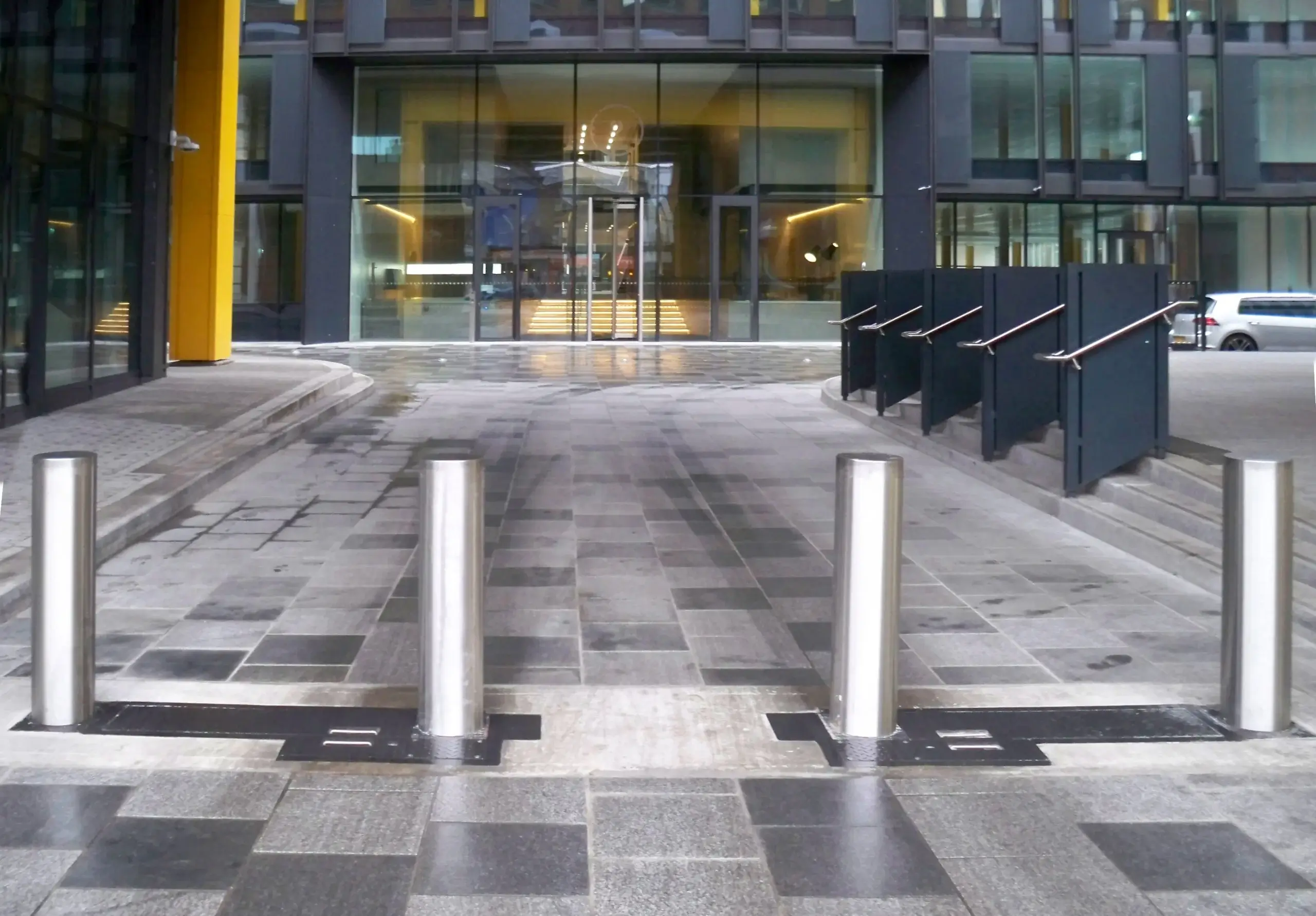
SIRA-approved PAS 68 Shallow Standalone Terra Neptune Bollards offer a sleek design and incredibly secure performance. These bollards have undergone extensive testing to ensure they are capable of stopping a 7.5-ton truck moving at 40 mph, exceeding even the strictest safety regulations. Robust and useful bollards are positioned 1000 mm above the ground with a reasonable 230 mm embedment depth. They feature a weather-resistant coating and are made of durable S355 structural steel. Coatings made of stainless steel are an additional option for visual appeal. Installers may feel secure knowing that their work has been accredited by BRE Global and Secured by Design.
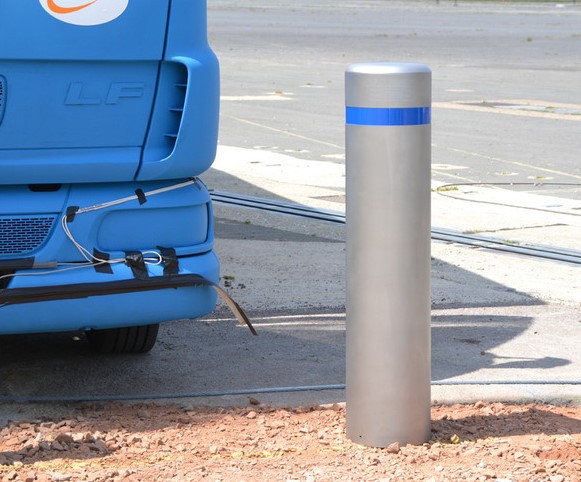
Bollards with EFO functionality
Let Stebilex Systems help you
We supply products from leaders in the physical security industry including FAAC, Armakontrol, and Hormann that feature modern design, fast operation, and powerful deterring power. Our portfolio includes the highest crash rated and high-security products like crash bollards, automatic, semi-automatic, and fixed traffic bollards with EFO operation. Stebilex Systems is a leading supplier for bollards and traffic barriers in the Middle East. Get the right solution for your facility at great prices from us, talk to our product team today.
Do you need help with your Access Control or Biometrics projects?
Let experts at Stebilex help you today.


